Between Shadows and Sound: The Birth of BUTO BAYANG
Inside the Berlin-based project connecting Asian artists, diasporas and underground movements across continents.
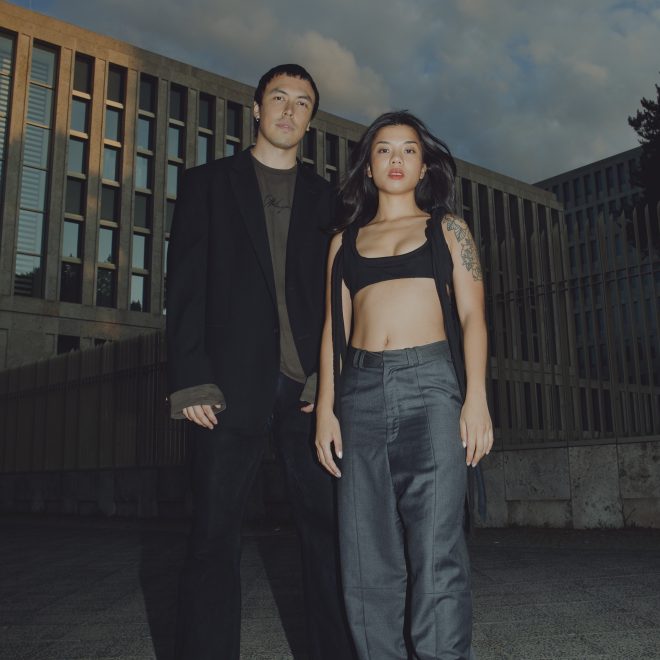
Credits: Tessa Bozek
Berlin breathes in duality, east and west, silence and bass, fracture and creation. Out of that tension rises BUTO BAYANG, a project born not as a label or collective but a declaration: a space built by and for Asian artists in electronic music. Rooted in Berlin yet reaching far beyond it, it is an offering to the unseen, the diasporic, the in-between.
At its heart, BUTO BAYANG is an act of solidarity and self determination. Co-founded by ENNIO and HAMY, two artists who have long moved between cultures, languages and expectation, it carves space for those who rarely see themselves reflected in the city’s dominant club landscape. Where freedom of the floor too often stops short of real inclusion.
HAMY was born and raised in West Berlin to Vietnamese parents, far from the strong Vietnamese community that had taken root in the east. “Among German classmates I was foreign, and among Vietnamese people I was ‘too western’,” she recalls. Her first club experience at 17 was also the first time she didn’t feel marked by her identity. “That early experience wasn't about escaping identity,” she says. “It was about not having to defend it.”
For ENNIO, who is half Indonesian and half Eastern European, the need for connection came later. Surrounded by other Asian artists and friends in Berlin, he began to sense the vacuum, the absence of a collective home. “We were surrounded by Asian friends and artists but still felt the vacuum,” he says. “There’s still no real platform that brings us all together.”
That moment of shared recognition, one grounded in belonging, the other in absence, became the seed of BUTO BAYANG: not a definition of identity but an embrace of its uncertainty.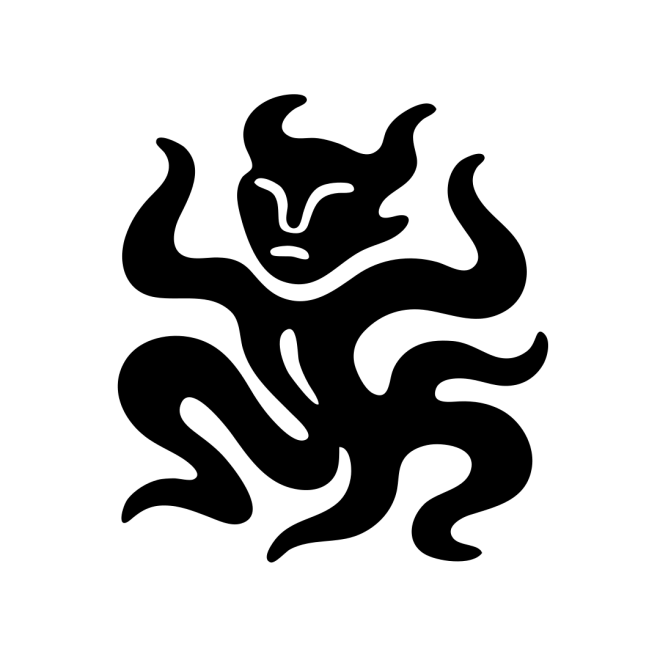
The name itself holds myth and movement. “BUTO” comes from Indonesian mythology, a ghost or demon figure that lives on the edge, feared, misunderstood, or suppressed. “BAYANG,” meaning shadow, speaks to the diasporic experience: existing between cultures, often in their shade, yet finding freedom in the unknowing. Together they form a language of transformation, heritage as resistance, softness as power. “It reminds us that identity breathes and grows in what's undefined, not the black or white,” they say. BUTO BAYANG is both an invocation and a refusal, to be fixed, to be framed, to be simplified.
ENNIO’s DJ sets move between moods and genres, guided more by emotion than structure. Like his approach to identity, his sound refuses fixed boundaries. In the studio, that same energy comes through in his productions with a focus on creating functional club music and sometimes excursions into ambient. His recent track “Chim Lạc Dần, Garuda!”, made together with HAMY, channels their Vietnamese and Indonesian backgrounds into a shared statement of visibility for Asian voices within club culture, touching on those same ideas behind BUTO BAYANG.
HAMY approaches her DJing like storytelling, tensions and tenderness moving side by side. Her sets are restless, shifting from grit to grace, from release to recognition. “I want it to feel like a conversation,” she says.
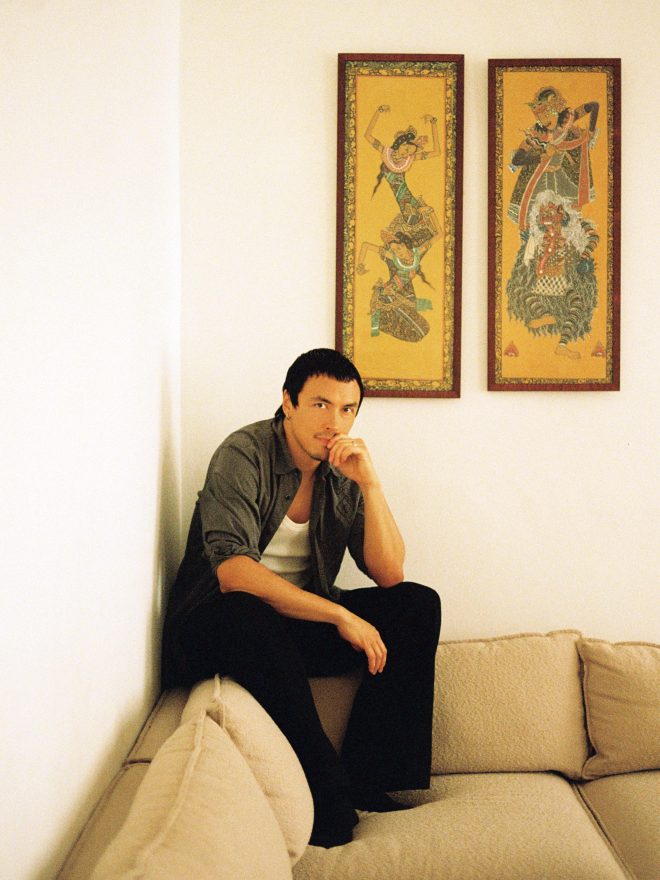
Credits: Julien Tell
Visually, the project rejects the idea of Western design as a universal language. “At UdK, we were taught the Swiss grid, Bauhaus clarity, all framed as ‘neutral’,” HAMY recalls. “But it's not. When I looked at Vietnamese or Southeast Asian design, I saw gold, detail, chaos, symmetry, things that would be called too much in a western critique. But what if too much is the point?” In BUTO BAYANG, too much becomes its own poetry, dense, emotional and unapologetically alive. “Sometimes I doubted my aesthetics,” she admits, “but those doubts came from seeing through someone else's lens. Here, those elements aren't ‘other’; they're central.”
For HAMY, Berlin is home and contradictory in equal measure, a city that gives room to breathe but asks for constant negotiation. “This city shaped us,” she says, “but it's not the center of what we're doing.” ENNIO agrees. “Berlin represents both privilege and responsibility,” he adds. “We have access to infrastructure, to audiences. Doing this from here means using what the city gives us, to give something back.”
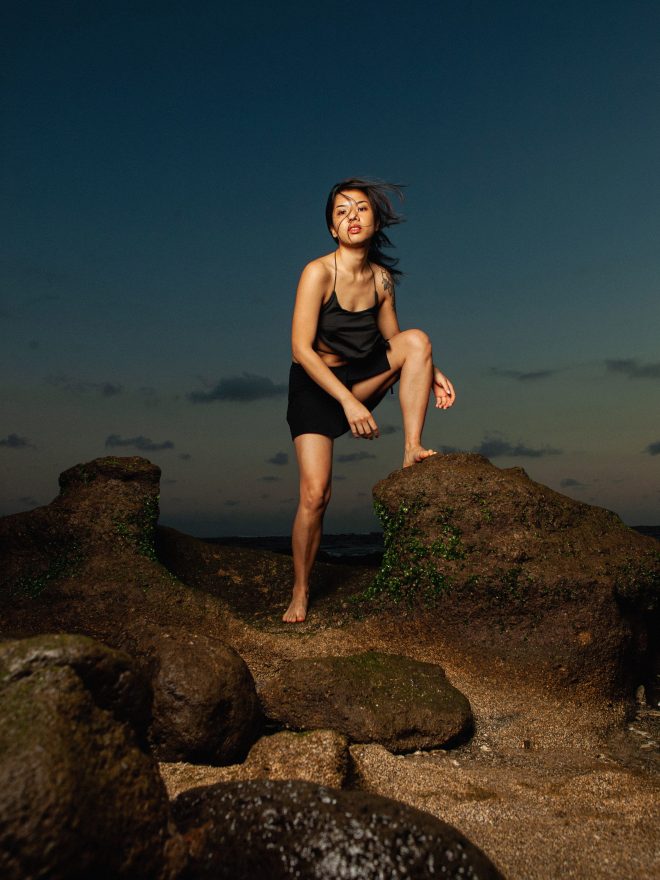
Credits: OKTAPUSS
Their 2025 Asia tour, through Shanghai, Chengdu, Singapore, Tokyo, Bali, Bangkok, Ho Chi Minh City and Hanoi, grounded those ideas in practice. “We saw people building communities from scratch, often with no institutional support,” says HAMY. “There’s a strong DIY spirit, less ego, more care. It made us rethink what ‘underground’ really means.” That journey also offered humility. “We come with access and privilege,” ENNIO reflects. “Good intentions aren't enough, we have to listen first, move slowly and make space for others to lead.” In their world, BUTO BAYANG isn't an export, it's an exchange. “We’re here to collaborate, to build bridges, not pipelines.”
“Representation becomes tokenism when it decorates an existing structure instead of transforming it,” ENNIO says. The project's vision of visibility is one of ownership: artists defining their own narratives rather than being placed into someone else’s. HAMY describes it as a form of care. “We’re not doing this to prove anything,” she says. “We're doing this to hold something, to protect a kind of cultural intimacy that can be hard to find here.” The community they build is open but intentional. “Anyone who aligns with that is welcome,” they write. “We don't believe in gatekeeping, but we do believe in intention.” It's less about who enters and more about how people move inside, an ecosystem of shared respect, rhythm and accountability.
The first BUTO BAYANG showcase arrives on November 6 at Fitzroy, featuring Jessica Nightlife, Julien Tell aka DJ Tell, DJ EL from Kretekklang and the founders themselves. The night will have a few limited Asian specials, small gestures of warmth before the first kick hits. This marks the beginning of a larger constellation: collaborations, residencies and compilations connecting artists across Europe and Asia. “We want to open doors both ways,” HAMY says. “Give visibility to emerging artists from Asia here, and create space for those in Europe to reconnect with their roots.” ENNIO adds, “We don't want to scale fast or chase trends. We want to build something that lasts because it's grounded in something real.”
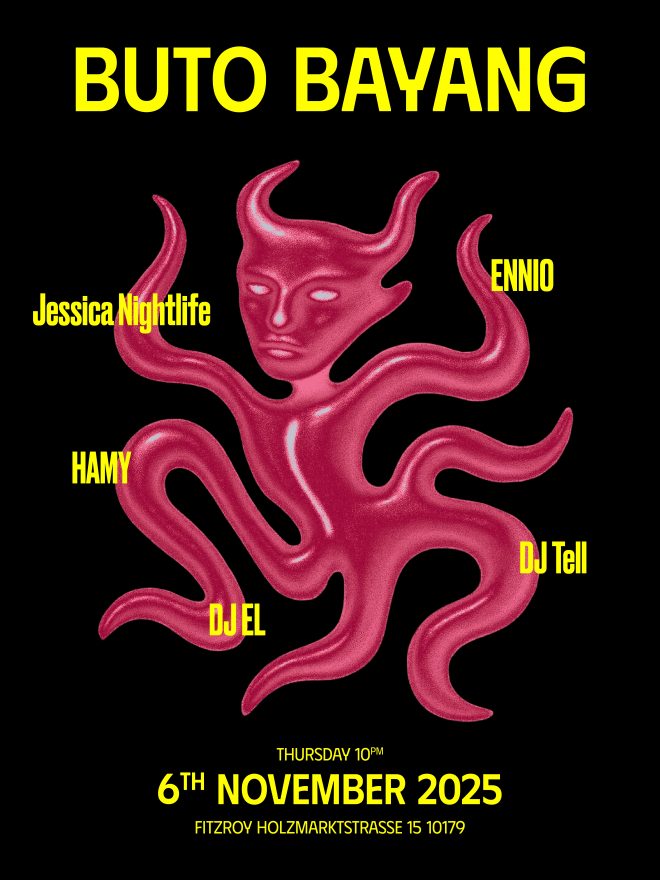
Berlin can feel saturated, but BUTO BAYANG thrives in what's unsaid. “The city is full, yes,” ENNIO muses, “but mostly with repetition. The same names, the same aesthetic. When you build something from authenticity, something that makes people feel seen and connected — people respond.” HAMY sees in-betweenness not as absence, but as abundance. “It’s liminal ground,” she says, “where contradictions can coexist, where new things can grow.” Their art, sound, visuals, energy, moves between the opposites: shadow and shimmer, belonging and solitude, chaos and clarity. BUTO BAYANG does not claim to represent all; it creates a mirror where others might finally see themselves reflected. It hums quietly between worlds, radiant in its restraint.
In a scene obsessed with novelty, it feels like something older yet urgent, a reminder that the most radical act may simply be to stay. To dance not to escape the world, but to exist fully inside it. “We grew up between worlds. Now we're using that space to build our own, while connecting and celebrating Asians, the diaspora and anyone creating their own sense of belonging.” And that, perhaps, is BUTO BAYANG’s rhythm — the pulse of becoming, together, in motion.


